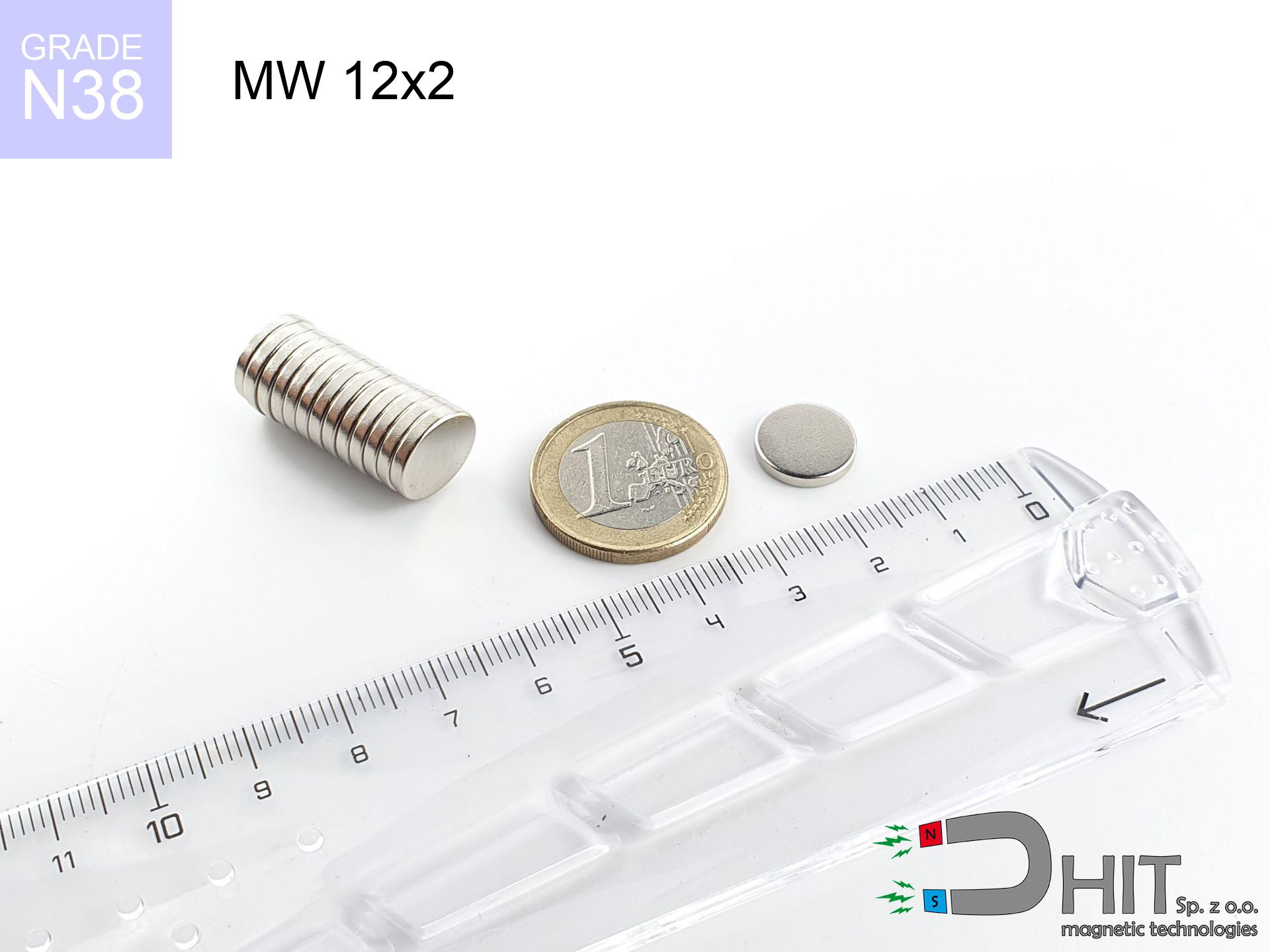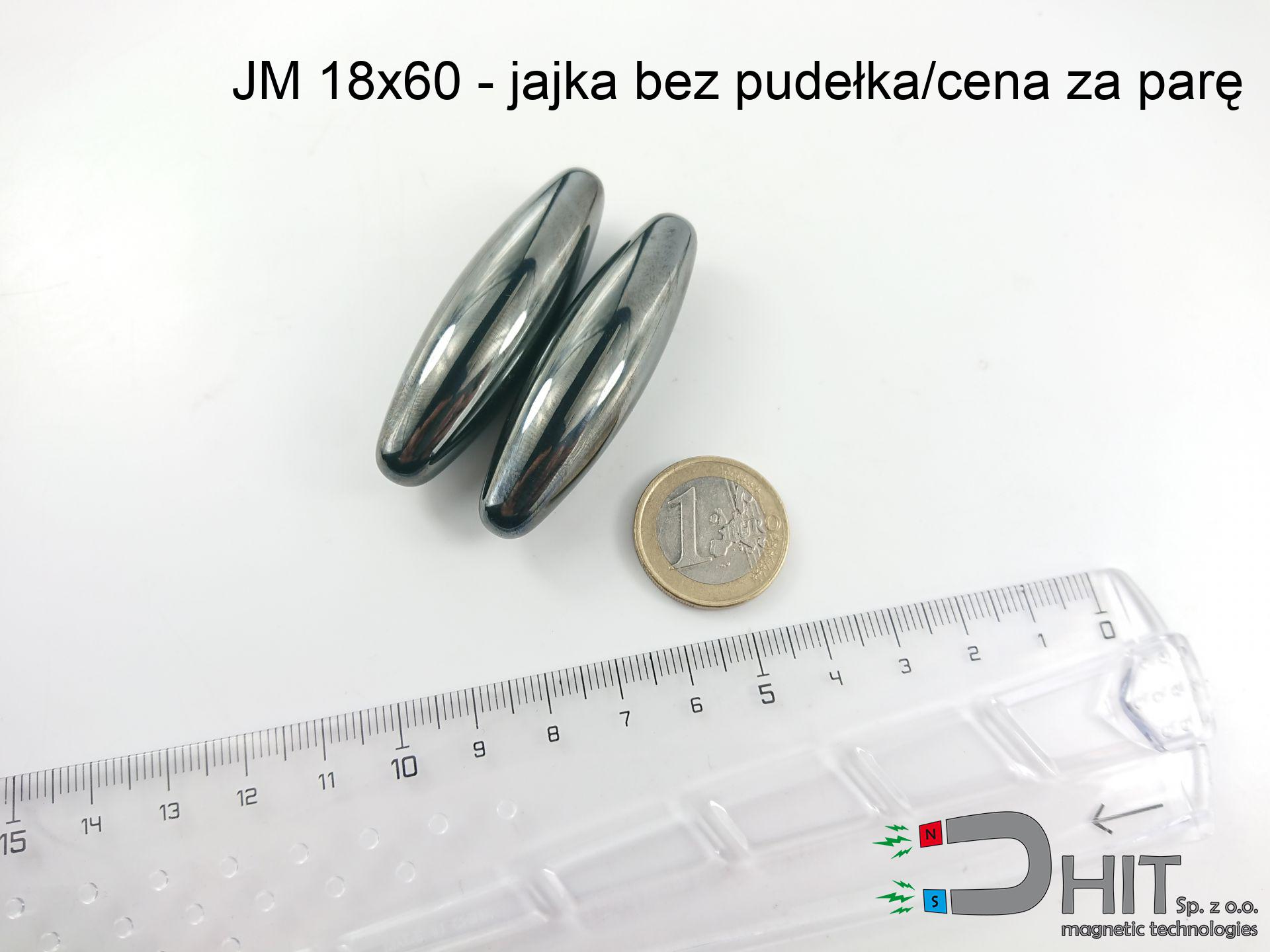SM 32x400 [2xM8] / N42 - magnetic roller
magnetic separator
catalog number 130302
GTIN: 5906301812951
diameter Ø
32
mm [±0,1 mm]
height
400
mm [±0,1 mm]
max. temperature
≤ 80
°C
catalog number 130302
GTIN: 5906301812951
diameter Ø
32 mm [±0,1 mm]
height
400 mm [±0,1 mm]
max. temperature
≤ 80 °C
1193.10 ZŁ gross price (including VAT) / pcs +
970.00 ZŁ net price + 23% VAT / pcs
bulk discounts:
need more quantity?Don't know what to buy?
Call us tel: +48 888 99 98 98 or get in touch via form on the contact page. You can check the mass and the shape of magnet in our magnetic calculator power calculator
Orders placed by 2:00 PM will be shipped on the same business day.
Specification: magnetic separator 32x400 [2xM8] / N42
Magnetic properties of the material N42
Physical properties of sintered neodymium magnets Nd2Fe14B
Compilation of suggested goods
Advantages as well as disadvantages of neodymium magnets NdFeB.
Apart from immense strength, neodymium magnets have the following advantages:
- They do not lose power over time - after 10 years, their strength decreases by only ~1% (theoretically),
- They protect against demagnetization caused by external magnetic sources very well,
- By applying a shiny coating of nickel, gold, or silver, the element gains an aesthetic appearance,
- They have very high magnetic induction on the surface of the magnet,
- By using an appropriate combination of materials, they can achieve high thermal resistance, allowing them to operate at temperatures up to 230°C and above...
- Due to the option of accurate forming and adaptation to individual needs – neodymium magnets can be produced in various forms and dimensions, which expands the range of their possible uses.
- Key role in the industry of new technologies – are utilized in computer drives, electric motors, medical apparatus and very highly developed apparatuses.
Disadvantages of neodymium magnets:
- They can break when subjected to a powerful impact. If the magnets are exposed to impacts, we recommend using magnets in a protective case. The steel housing in the form of a holder protects the magnet from impacts, and at the same time increases its overall strength,
- They lose strength at high temperatures. Most neodymium magnets experience permanent loss of strength when heated above 80°C (depending on the form and height). However, we also offer special magnets with high temperature resistance, up to 230°C,
- Magnets exposed to a humid environment can corrode. Therefore, when using them outdoors, we suggest using waterproof magnets made of rubber, plastic, or other moisture-resistant materials,
- The use of a cover - a magnetic holder is recommended due to the limited production capabilities of creating threads or complex shapes in the magnet
- Health risk arising from small pieces of magnets can be dangerous, when accidentally ingested, which is crucial in the context of child safety. Additionally, tiny parts of these magnets have the potential to complicate diagnosis after entering the body.
Precautions
Neodymium magnets can become demagnetized at high temperatures.
Although magnets have demonstrated their effectiveness up to 80°C or 175°F, the temperature can vary depending on the type, shape, and intended use of the specific magnet.
The magnet coating is made of nickel, so be cautious if you have an allergy.
Studies clearly indicate a small percentage of people who suffer from metal allergies such as nickel. An allergic reaction often manifests as skin redness and rash. If you have a nickel allergy, try wearing gloves or avoid direct contact with nickel-plated neodymium magnets.
Magnets should not be treated as toys. Therefore, it is not recommended for youngest children to have access to them.
Neodymium magnets are not toys. You cannot allow them to become toys for children. In such a situation, surgery is necessary to remove them. In the worst case scenario, it can result in death.
Neodymium magnetic are extremely delicate, they easily fall apart as well as can crumble.
In the event of a collision between two neodymium magnets, it can result in them getting chipped. Despite being made of metal and coated with a shiny nickel plating, they are not as hard as steel. At the moment of connection between the magnets, tiny sharp metal pieces can be propelled in various directions at high speed. Eye protection is recommended.
Do not place neodymium magnets near a computer HDD, TV, and wallet.
The strong magnetic field generated by neodymium magnets can damage magnetic media such as floppy disks, video tapes, HDDs, credit cards, magnetic ID cards, cassette tapes, or other devices. They can also destroy devices like video players, televisions, CRT computer monitors. Do not forget to keep neodymium magnets at a safe distance from these electronic devices.
Neodymium magnets are over 10 times more powerful than ferrite magnets (the ones in speakers), and their strength can surprise you.
Familiarize yourself with our information to properly handle these magnets and avoid significant injuries to your body and prevent disruption to the magnets.
Magnets will attract to each other, so remember not to allow them to pinch together without control or place your fingers in their path.
If the joining of neodymium magnets is not under control, at that time they may crumble and also crack. You can't approach them to each other. At a distance less than 10 cm you should hold them extremely firmly.
Dust and powder from neodymium magnets are highly flammable.
Avoid drilling or mechanical processing of neodymium magnets. If the magnet is crushed into fine powder or dust, it becomes highly flammable.
Avoid bringing neodymium magnets close to a phone or GPS.
Magnetic fields generated by neodymium magnets interfere with compasses and magnetometers used in navigation, as well as internal compasses of smartphones and GPS devices.
Keep neodymium magnets away from people with pacemakers.
Neodymium magnets generate very strong magnetic fields that can interfere with the operation of a pacemaker. This is because many of these devices are equipped with a function that deactivates the device in a magnetic field.
In order to illustrate why neodymium magnets are so dangerous, see the article - How dangerous are powerful neodymium magnets?.

![SM 32x400 [2xM8] / N42 - magnetic roller SM 32x400 [2xM8] / N42 - magnetic roller](https://cdn3.dhit.pl/graphics/products/sm-32x400-2xm8-tep.jpg)

![magnetic separator 32x275 [2xM8] / N42 magnetic separator 32x275 [2xM8] / N42](https://cdn3.dhit.pl/graphics/products/sm-32x275-2xm8-hac.jpg)
![search holder 75x25 [M10x3] GW F200 PLATINIUM Lina / N52 search holder 75x25 [M10x3] GW F200 PLATINIUM Lina / N52](https://cdn3.dhit.pl/graphics/products/ump-75x25-m10x3-gw-f200-platinium-lina-wiz.jpg)


